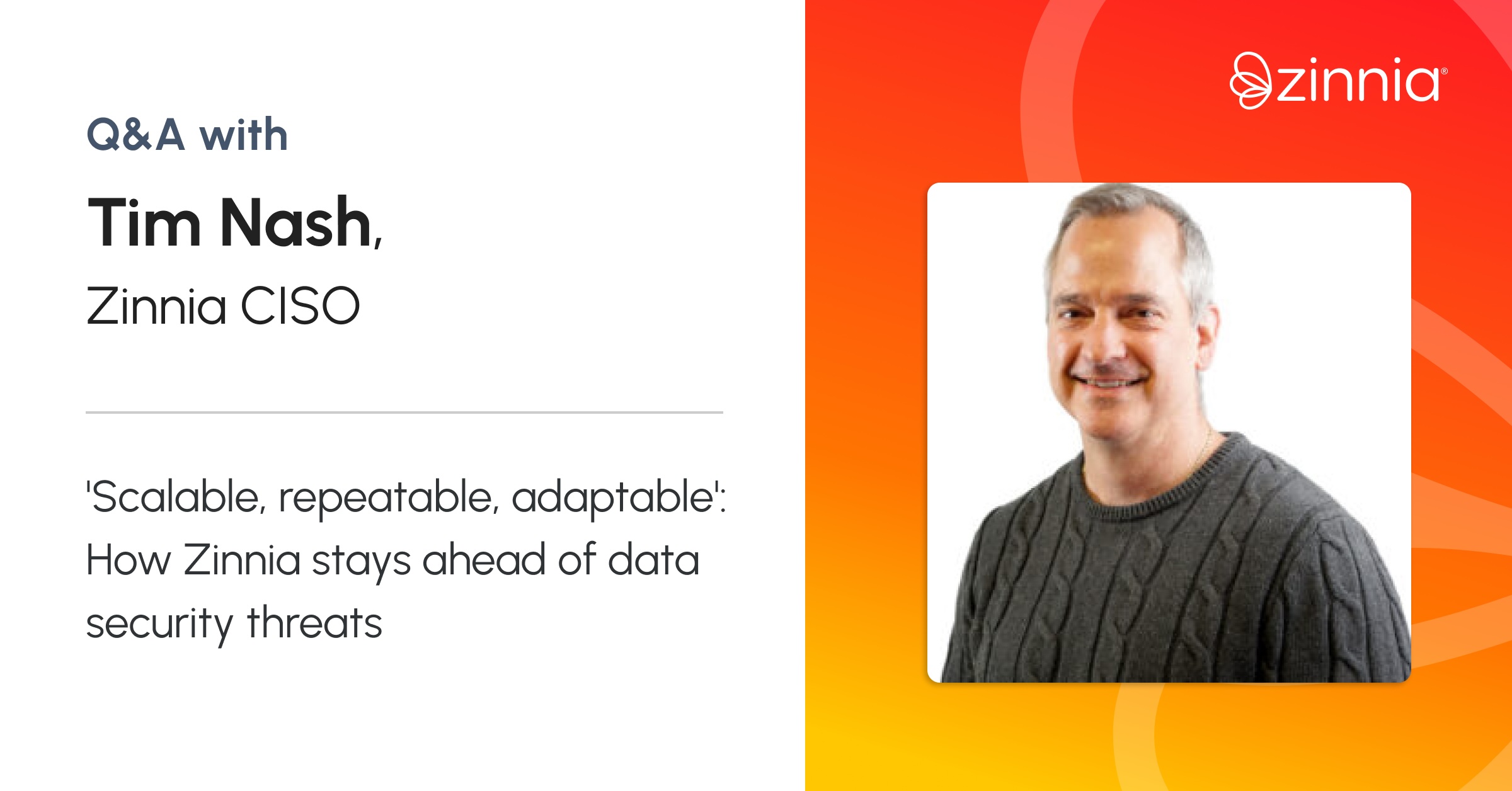With the use of artificial intelligence booming in the insurance space, state insurance regulators are facing the challenge of ensuring that companies safely develop and deploy AI and other new technologies — without hampering innovation in the industry.
On April 8, 2024, at RetireTech, a new track within the annual Medicarians conference, George Esposito, chief administrative officer at Zinnia, moderated the panel “Insuring Tomorrow: Navigating the Regulatory Environment of the AI and Tech Revolution,” featuring the state insurance commissioners from Connecticut, Maryland, Montana, and Wisconsin. The panel was optimistic on new technology overall, sharing encouraging perspectives on AI regulation and discussing the potential for AI to help more consumers get insured.
Key takeaways from the conversation:
Regulators Want to Avoid a Prescriptive Approach
As generative AI technology quickly becomes more sophisticated and better at solving increasingly intricate problems, officials want to build a regulatory environment that prioritizes consumer safety but also encourages creativity, innovation, and ultimately a more developed insurance market.
The commissioners agreed that a regulatory strategy that lays out specific prohibitions for the use of AI would not be effective. Instead, officials have taken an approach that Commissioner Kathleen Birrane of Maryland — who is the chair of the National Association of Insurance Commissioners (NAIC) Innovation, Cybersecurity, and Technology (H) Committee — called “principles based” rather than prescriptive.
Rather than dictating exactly how companies can and cannot use AI, regulators have provided them with broad guidelines in a bulletin from the NAIC’s (H) Committee. Insurers that use AI in business are expected to follow these guidelines to implement internal governance and controls for AI use, mitigating risks to consumers.
“We’re not going to prescribe specific things. We expect you to have a risk management framework. We expect you to make sure the data going in is clean. We expect you to validate the outcomes. Within that, it’s going to be up to you,” said Commissioner Andrew Mais of Connecticut.
As Birrane pointed out, “We’re talking about what is already regulated activity.” Provided that insurers (and insurtech companies like Zinnia) continue to follow existing laws and don’t harm consumers, insurance officials are enthusiastic about the ideas, innovations, and new insurance products enabled by AI.
In the words of Commissioner Troy Downing of Montana, “I want to see innovation, I want to see new products, I want to see exciting new things. I want people to bring things that I haven’t even dreamed of yet, as long as it’s not erasing one of those basic (consumer) protections.”
Collaboration Is the Key to Success
Ultimately, regulators view collaboration between themselves and the companies driving tech advances as a way to help provide consumers with products that serve them while ensuring their safety.
This is the purpose of the (H) Committee’s Technology, Innovation, and InsurTech Working Group, which is intended to enable startups and insurtechs to communicate with state insurance regulators.
“The NAIC is creating a pathway where we are able to get and have good interaction, interface, and can answer questions, so that we get an idea of what’s cutting edge, what’s coming on the horizon,” Birrane explained. “At the same time, (companies) get the ability to step into what it is that we’re doing and sort of talk about what the regulatory issues are.”
A dialogue with regulators allows insurers and insurtech companies to demonstrate how their innovations are helping enhance product delivery to consumers. In turn, officials can inform their regulatory approach with these learnings.
“We want to make sure that you share with us what you’re doing so we can understand and share with you what we look for,” Mais said. “If you’re working on something that’s going to help consumers, we’re going to do everything we can to help you.”
AI Could Help Close the Coverage Gap
One of the top priorities for Mais between now and the end of his tenure as NAIC president is closing the coverage gap, and he believes strongly in the potential of AI to help make this goal a reality.
“AI can enable people to get the coverage they need with as little friction as possible, as efficiently as possible, and certainly to get products that are as relevant as possible,” Mais said.
One hope of regulators is that AI solutions will help insurers extend their reach, making it easier for consumers to buy coverage. Mais explained: “We want to make sure … that the market uses these tools to enlarge the outreach, to reach more people, sell more products frankly, (and) to provide people with the coverage they need.”
Commissioner Nathan Houdek of Wisconsin echoed the hope that technology can help close the coverage gap and highlighted its role in improving how consumers access insurance products.
“We see a lot of tech-enabled insurance products that are being sold,” Houdek said. Technology “can be really helpful in making the insurance distribution process more seamless and the whole experience of dealing with an insurance company easier overall, from filing a claim to asking a basic question.”
Esposito connected these points back to the idea that insurers, and their tech partners like Zinnia, can position themselves best in the insurance industry of tomorrow by keeping consumers front of mind. “As folks in the insurance business, we can’t lose sight of the fact that we have to be at our best when folks are at their worst,” Esposito said. “And it’s on us to deliver a frictionless, transparent experience that gives them the outcome they need, which is the benefit they signed up for as well as a smooth delivery and a sensitive delivery to what they’re going through.”
“Keep the human in the loop, keep the human in mind. Keep that constituent in your head when you’re developing that machine and that technology,” Birrane said. “And that’s the most important thing to remember. It’s how to stay straight with your regulators. It’s how, I think, to have success.”




